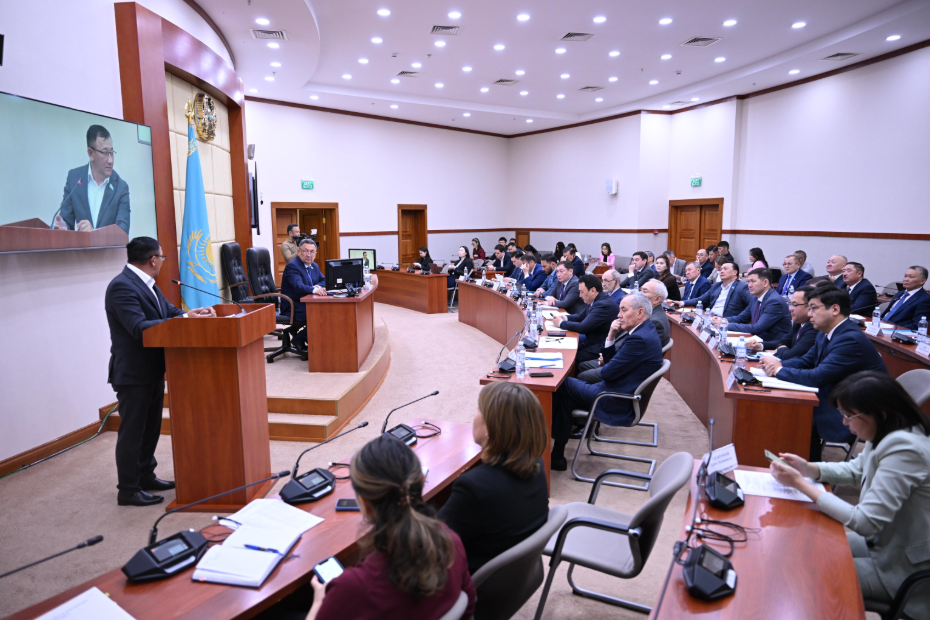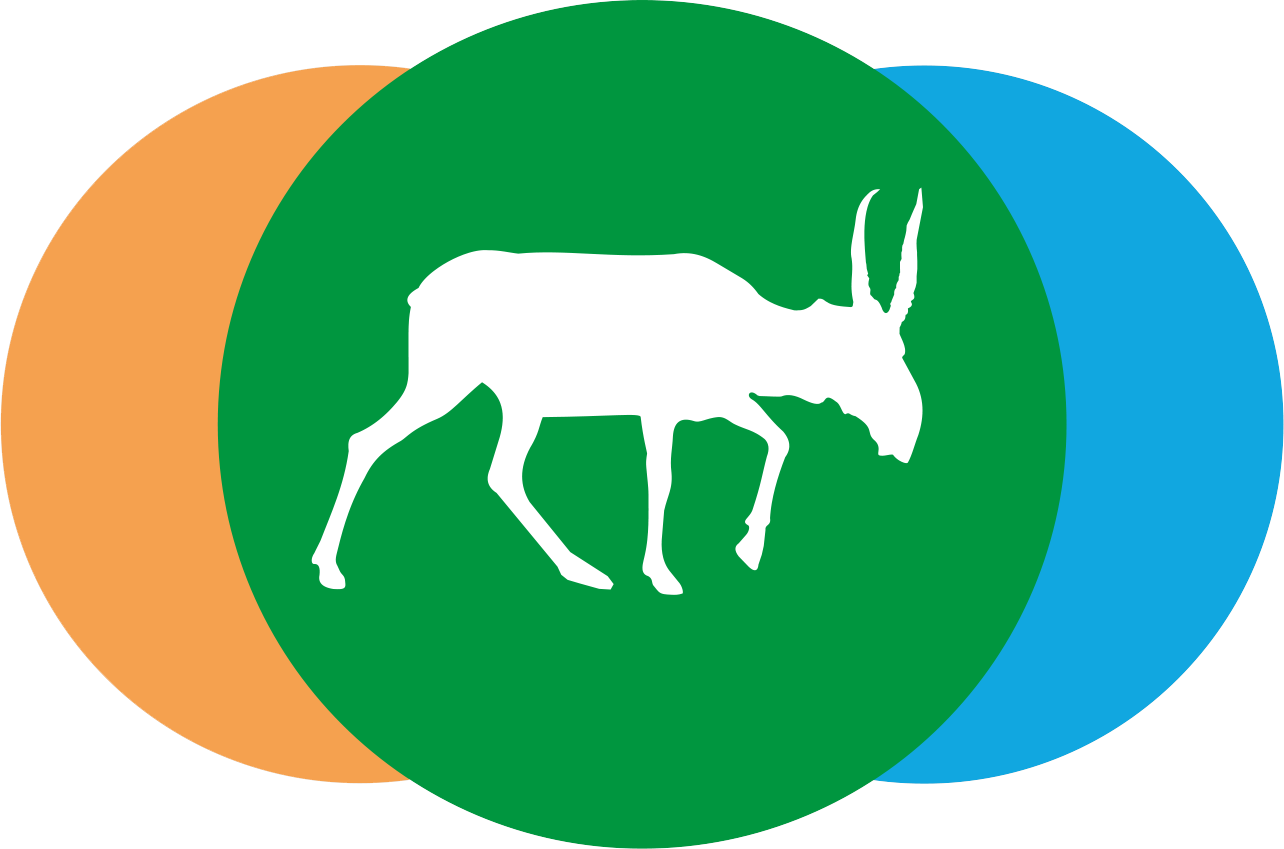On May 27, 2025, an extended meeting of the Committee on Agrarian Issues of the Mazhilis of the Parliament of the Republic of Kazakhstan was held, dedicated to the issue of the growing saiga population.

The discussion was attended by deputies, representatives of the ministries of ecology and natural resources, agriculture, territorial inspectorates, scientific institutions, public organizations, deputy akims of regions, as well as international experts.
Opening the meeting, the Chairman of the Committee Serik Egizbayev emphasized that the problem under discussion requires a comprehensive approach with the participation of all stakeholders. He recalled that at the National Kurultai in March of this year, the Head of State noted the importance of the measures taken to protect saigas, thanks to which the number of animals has increased significantly. However, despite the reduction in the risk of extinction, new challenges have emerged: increased pressure on the ecosystem, damage to agriculture and the threat of worsening the epizootic situation. In this regard, the President instructed the Government to comprehensively study the issue and develop a balanced solution. – Today’s extended meeting is being held precisely in this context – in pursuance of the instructions of the Head of State and in response to numerous requests from citizens, especially farmers from the western and central regions. These requests indicate a complication of the situation and emphasize the need for an open dialogue and the adoption of agreed decisions, – noted Serik Egizbayev.
Before the meeting, the deputies were shown a video with requests from farmers talking about the scale of the damage caused by the saiga invasion in the West Kazakhstan, Akmola, Aktobe, Kostanay, Karaganda and Ulytau regions.
Representatives of the agricultural sector spoke with specific examples of the situation on the ground: the head of the Sepe-1 enterprise from the Akmola region Galymzhan Sakhanov and the head of the Mukades peasant farm, deputy of the West Kazakhstan regional maslikhat Akylbek Sagitov.
Vice Minister of Ecology and Natural Resources Nurken Sharbiyev spoke about the work carried out by the authorized body. According to him, in 2024 the saiga population exceeded 2.8 million individuals, and taking into account the lambing period, it can reach 5 million. – Operational headquarters under the leadership of deputy akims have already been created in seven regions of the country. The Institute of Zoology is completing the preparation of a biological justification, on the basis of which proposals for regulation will be formed, – he said. Representatives of the scientific community also expressed their position. Vice-Rector for Science of the West Kazakhstan Agrarian and Technical University named after Zhangir Khan Alzhan Shamshidin said that rational use of the population can bring the country up to three billion dollars. However, according to him, saigas are susceptible to parasitic diseases and genetic mutations, which requires scientific control and regulation. Also speaking were the head of the laboratory of theriology of the Institute of Zoology Alexey Grachev and the director of the Center for Applied Biology of the Kazakhstan Association for the Conservation of Biodiversity Sergey Sklyarenko, noting that the conflict between the saiga population and agriculture requires a comprehensive interdepartmental approach.
The deputies of the Mazhilis also spoke in developing the topic. For example, Pavel Kazantsev criticized the Ministry of Ecology, stating insufficient coordination and the lack of effective crisis management. Mazhilisman Dyusenbay Turganov proposed to consider the issue of organizing a regulated shooting of saigas with the involvement of professional hunters within the framework of current legislation and under the control of authorized bodies. The deputy also drew attention to the need to allocate subsidies for farms engaged in processing products. The chairman of the Mazhilis Committee on Ecology and Nature Management Edil Zhanbyrshin proposed introducing a mechanism of scientific regulation. According to the deputy, such a practice is successfully used in the UAE and the USA. There, quotas are allocated, and the population is regulated on the basis of scientific data. In addition, the deputy believes it is important to preserve migration corridors and expand protected areas.
The results of the discussion were summed up by the Chairman of the Committee on Agrarian Issues Serik Egizbaev, who noted that the Committee, based on the proposals of the deputies, will prepare recommendations to the Government aimed at solving the problems voiced.
Press department of the Mazhilis. Photo by T. Tanybaev
27.05.2025
